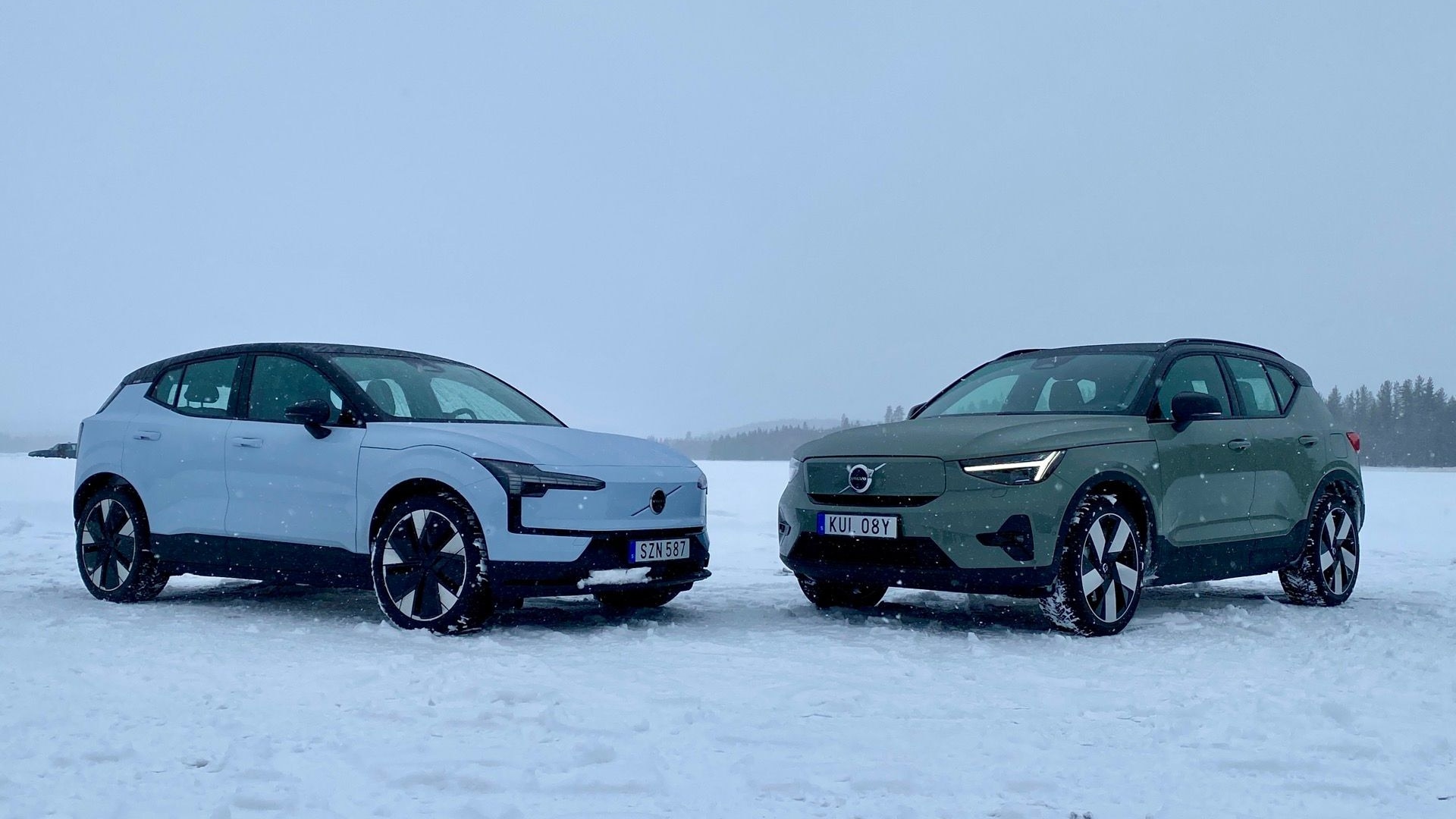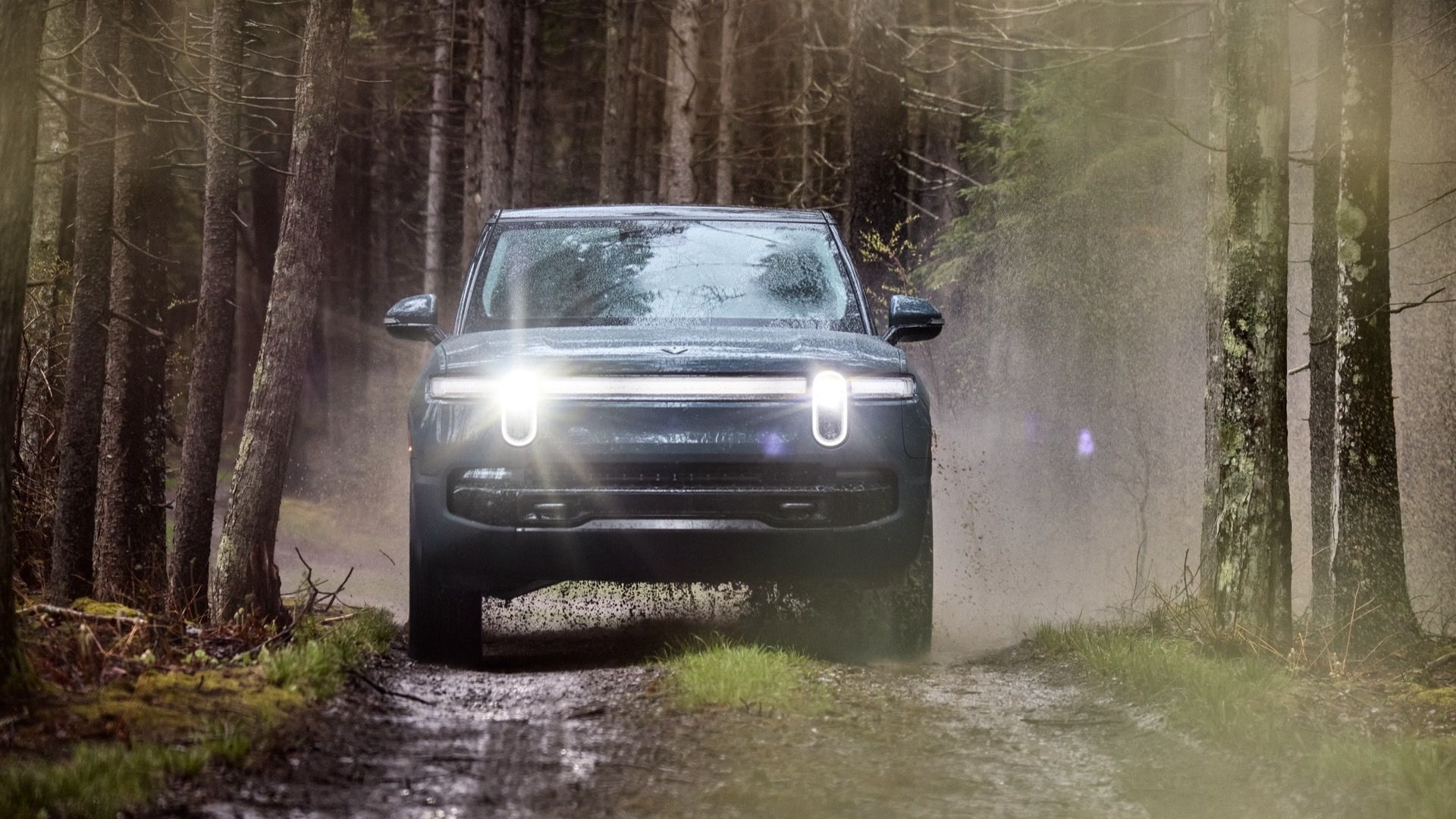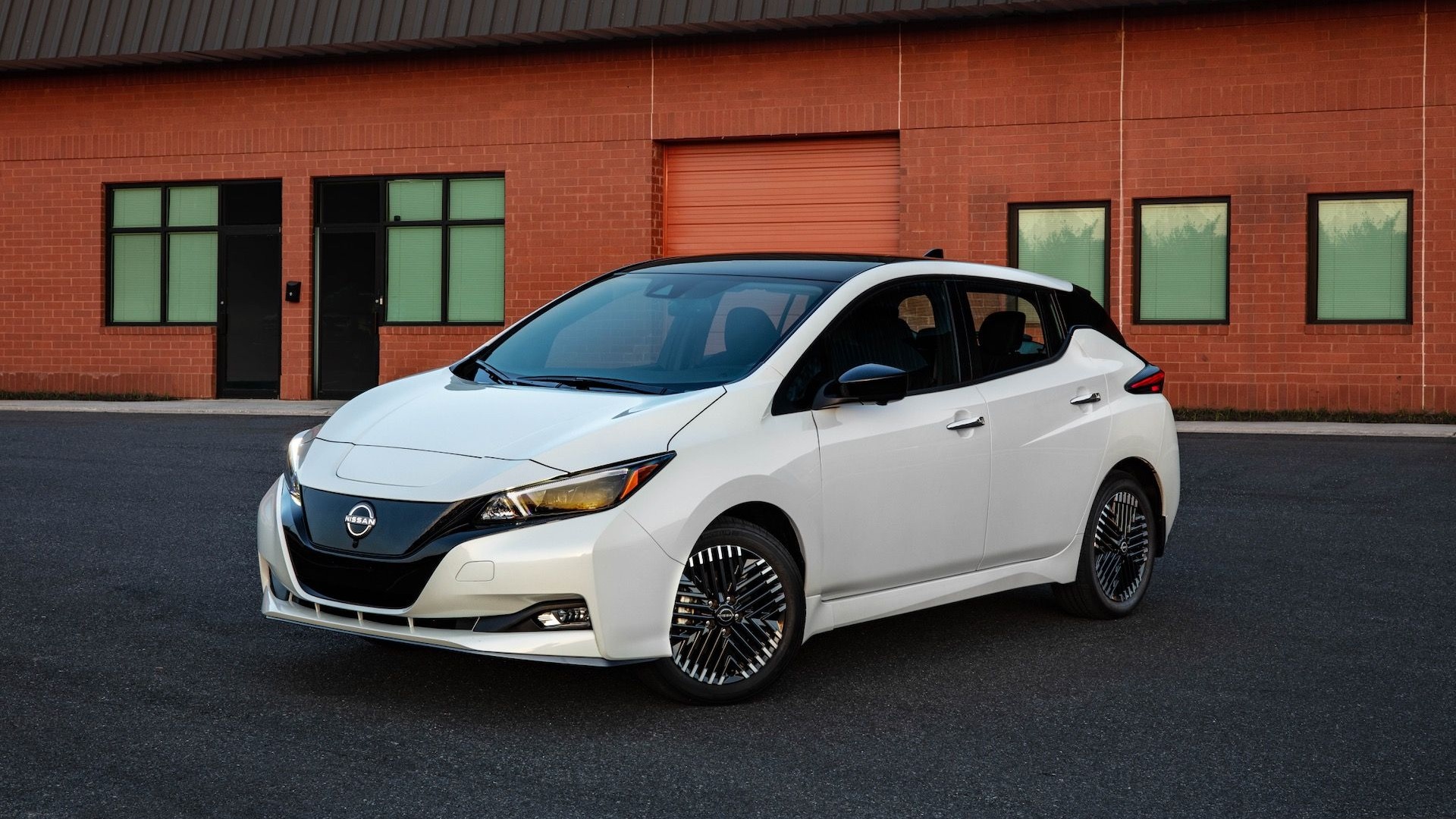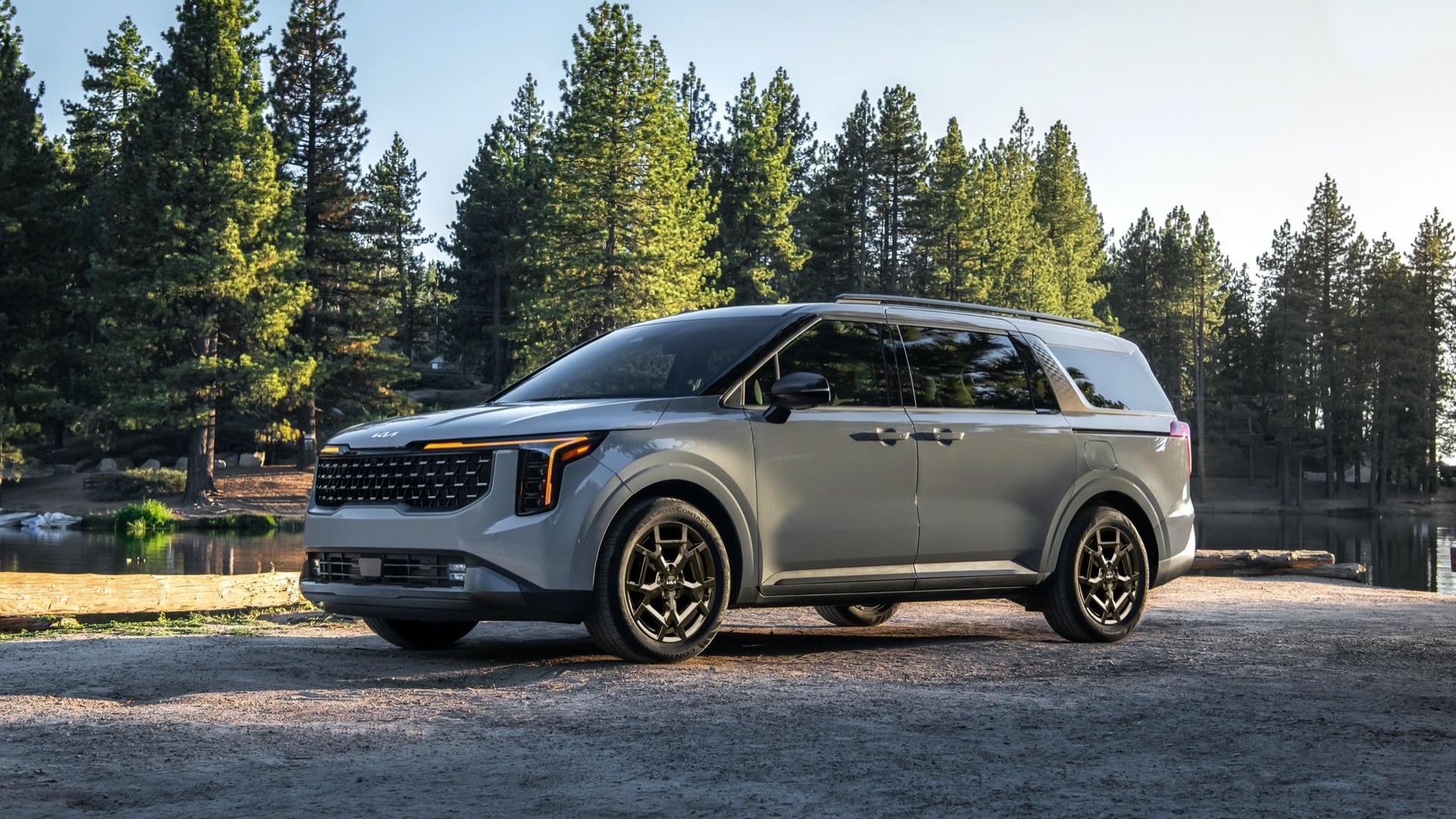U.S. EVs average less annual mileage than other vehicle types, according to the Department of Energy (DOE). But that isn't the case in other countries with significant EV fleets.
According to the 2022 National Household Travel Survey, EVs averaged 12,400 miles per year. That's compared to 14,100 miles for gasoline vehicles and a high of 17,500 miles for diesel vehicles. Plug-in hybrids and hybrids were between gasoline and diesel vehicles in annual mileage, while the average mileage for all vehicles in a household was 14,200 in 2022, the DOE noted.

2022 U.S. average annual mileage by vehicle type (via DOE)
While plug-in hybrids had the second-highest annual mileage after diesels, U.S.-market models tend to have smaller batteries which, when combined with longer distances driven, raises a concern that they will add to oil demand as a result of relatively few electric miles, as Bloomberg New Energy Finance (BNEF) noted in recent analysis.
EVs in other countries accumulate more mileage annually, BNEF has found, relative to gas and diesel vehicles—although vehicles generally travel less distance overall in those other places. In China and the Netherlands, EVs travel 66% and 56% more than internal-combustion vehicles, respectively, according to BNEF. In China, at least, that may be partly due to the popularity of EVs as ride-hailing vehicles, which was also noted by BNEF. In Norway, long a poster child for EV-friendly policies, EVs travel 40% more than internal-combustion cars.
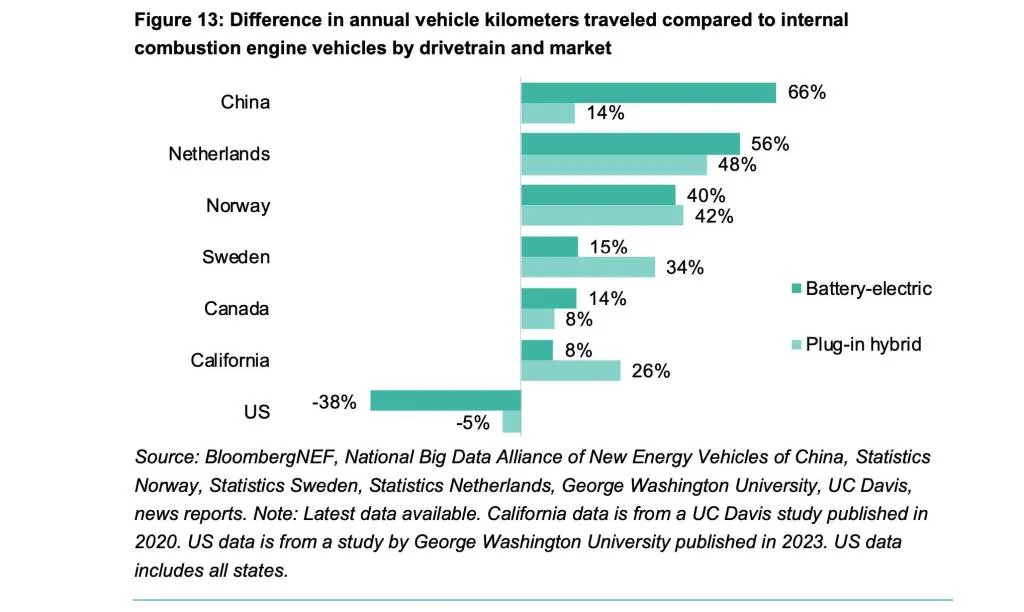
Annual kilometers traveled by EVs vs. ICE vehicles (via BNEF)
A study last year from George Washington University and the DOE's National Renewable Energy Laboratory (NREL) found that EV drivers simply aren't driving as much as those with gasoline vehicles (it may vary by model, though, with one analysis finding that Tesla leads other EVs in mileage). And that's a problem for some of the emissions models and assumptions for the benefits of EVs.
Earlier EVs tended to be short-range. As other long-range EVs added to the mix, it was assumed that EV distance would go up—but so far it hasn't tracked upward as quickly as the range capabilities of the EV fleet.
Does this mean Americans are seeing long-range EVs as second vehicles, while the rest of the world sees them as primary vehicles? That part is unclear, but it appears to be a uniquely American dilemma that, perhaps, will require some uniquely American solutions.
